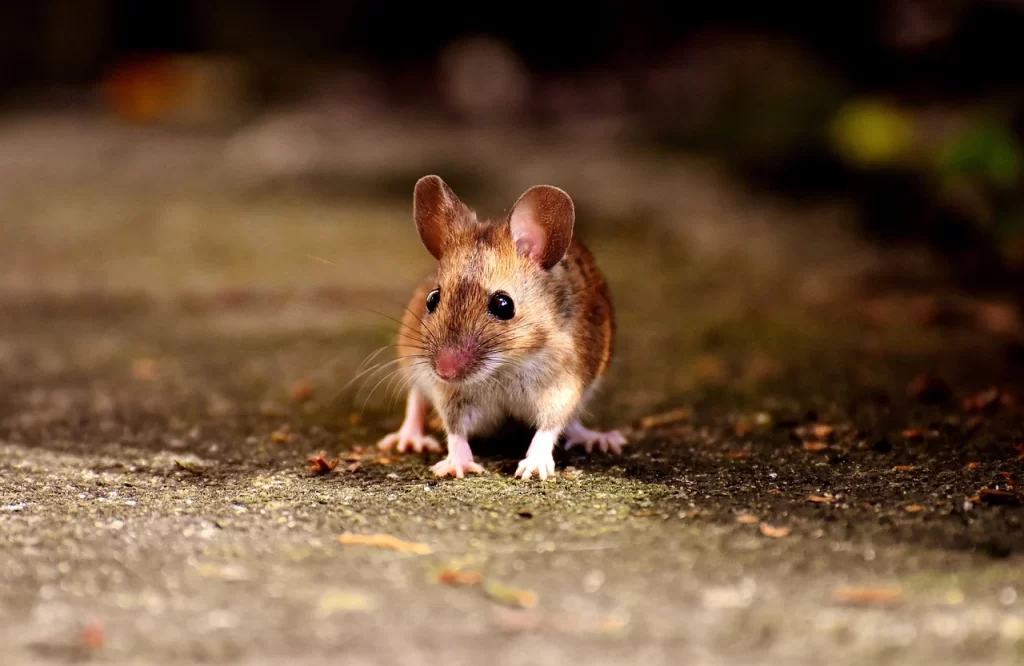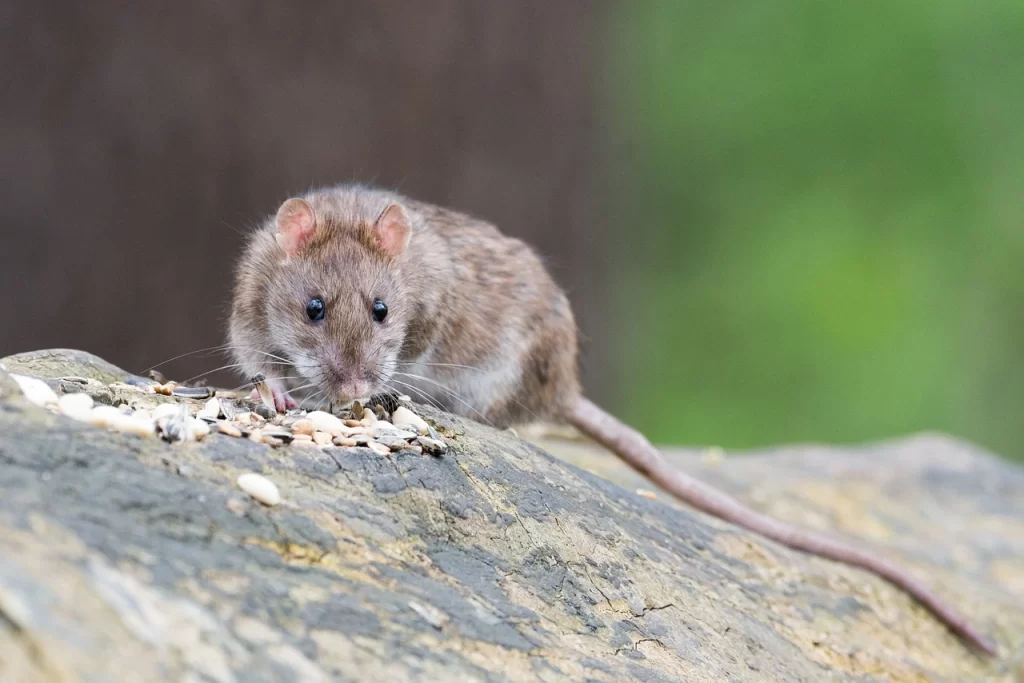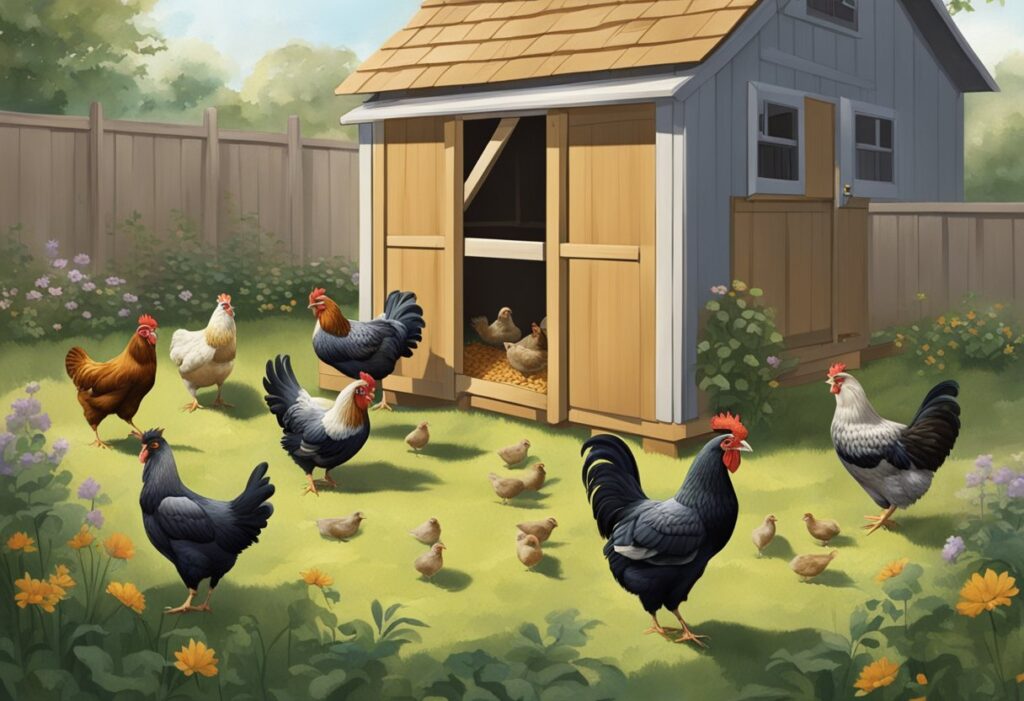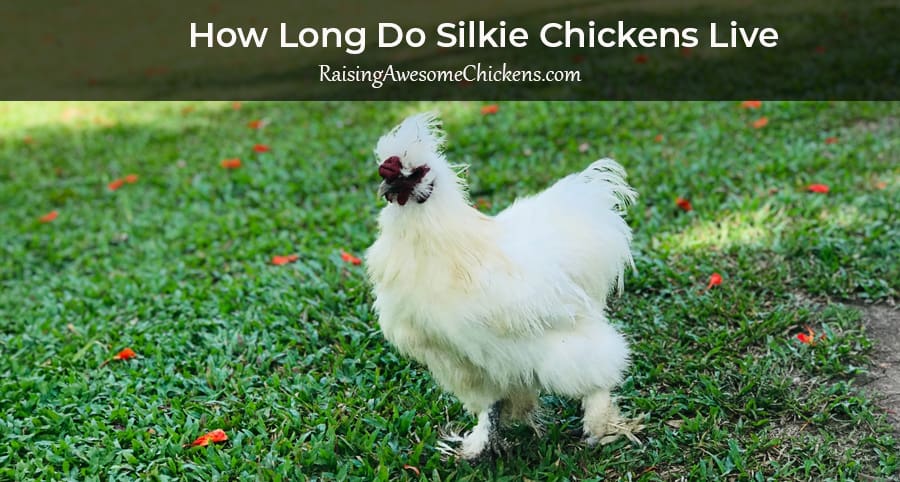Last Updated on February 24, 2024 by AwesomeChickens
Table of Contents
Effective Strategies for Rodent Control
Raising backyard chickens has become increasingly popular for those seeking to produce their own eggs, enjoy the therapeutic benefits of animal care, and foster a greater connection to their food supply. However, the presence of chickens can attract unwanted pests, most notably rats. A rat infestation not only poses a risk to the chickens but can also lead to property damage and health concerns for the residents.

Chickens typically generate food waste and remainders that are appealing to rats. These rodents, known for their adaptability and intelligence, can exploit even the smallest of opportunities to forage for sustenance. This relationship between backyard chickens and rats highlights the importance of implementing proper waste management and coop security to prevent these pests from becoming permanent residents.
Effective deterrent strategies involve maintaining a clean environment, securing feed in rodent-proof containers, and designing coops that limit rat access. Understanding the behaviors of rats and taking proactive measures can help backyard chicken owners protect their flocks and ensure a more harmonious coexistence.
Understanding Backyard Chickens and Rats
Backyard chicken keeping can attract rats, which poses significant risks to poultry and can lead to infestations. Understanding rat behavior in relation to chicken coops is crucial for maintaining a healthy environment for your chickens.
Risks Posed by Rats to Backyard Chickens
Rats, opportunistic rodents that are drawn to chicken coops by the availability of food and shelter, can be both direct and indirect predators to chickens. They often consume chicken feed, steal eggs, and in severe cases, they can directly harm young or sick chickens. Their presence increases the possibility of infestation, which compromises the health of the flock and can spread diseases to the birds. Rats, due to their tendency to carry various pathogens, also pose a risk of contaminating feed and water sources.
Furthermore, the correlation between a flourishing rodent population and the presence of a coop is high because backyard chickens create an enriched environment for these pests. It is not only the adult chickens that are at risk; rats are known for preying on chicks and eggs, therefore reducing the population of the chooks.
Table: Rat-Related Risks to Backyard Chickens
| Risk Factor | Consequence to Chickens |
|---|---|
| Food Theft | Reduced nourishment and increased feed costs |
| Egg Predation | Loss of potential chicks and egg harvest |
| Disease Spread | Risk of infection and illness |
| Direct Harm | Potential injury or death to chicks and weaker birds |
Rat Behavior and Chicken Coops
Understanding the behavior of rats is vital for securing chicken coops from these adept invaders. They are highly adaptable, nocturnal creatures that typically establish their nesting sites close to food sources. Once rats find a coop with enough sustenance, they tend to return regularly, leading to a persistent problem.
Rats are excellent climbers and diggers, making fortifying a coop a multifaceted task. To safeguard chickens, coop designs must prevent rats from accessing the interior where they could consume or contaminate food and potentially harm the chickens.
List: Rat Behavior Traits
- Nocturnal: Most active at night, increasing difficulty of detection.
- Adaptable: Able to survive in a wide range of conditions.
- Climbing: Can scale walls to access coops.
- Digging: Capable of burrowing underground to enter coops.
Effective Rat Prevention and Control

The key to effective rat prevention and control in a backyard chicken environment revolves around robust coop security, stringent sanitation practices, and proactive exclusion measures. These strategies are designed to deter rodent infestations and manage populations.
Securing the Chicken Coop
A fortified chicken coop is paramount in preventing rats from intruding. It’s essential to use hardware cloth rather than chicken wire, as rats can gnaw through the latter. Sealing all gaps larger than a quarter of an inch with hardware cloth can effectively exclude rodents. Overhangs at the top of the walls and a solid roof will prevent rats from entering from above. All nesting boxes and areas where chickens roost should be enclosed and secured to eliminate potential hiding spots for rats.
Maintaining Sanitation and Proper Storage
Sanitation is key to deterring rats, as they are attracted to food and waste. Regular cleaning of the coop and removal of leftover food can significantly reduce the attraction for rodents. Store all food and water in rat-proof containers and avoid leaving them out overnight. Feed should be kept in sealed bins, ideally made of metal to prevent chewing. A clean environment and proper waste disposal are integral parts of rat prevention.
Proactive Rat Control Methods
Employing proactive rat control methods can drastically reduce the likelihood of an infestation. Bait stations and traps can be set around the perimeter of the coop. These should be used cautiously and placed where chickens and other non-target animals cannot access them. Avoid the use of poison as it can harm pets, wildlife, and potentially the chickens themselves if not managed carefully. Install a solid fence around the coop sunk into the ground to further discourage rats from digging their way in.

Dealing with Rat Infestations Responsibly
Effective strategies include:
Secure Chicken Feed:
Store chicken feed in tightly sealed containers made of metal or heavy-duty plastic to prevent access by rats. Avoid leaving feed exposed, especially overnight.
Elevate Feeders:
Raise chicken feeders off the ground and secure them to prevent rats from accessing them. Consider using hanging feeders or elevated platforms that are inaccessible to rats.
Clean Up Spilled Feed:
Regularly clean up any spilled feed around the chicken coop or feeding area to remove potential food sources that attract rats.
Remove Hiding Places:
Keep the area around the chicken coop free of clutter, debris, and overgrown vegetation that can provide hiding places and nesting sites for rats.
Secure Coop Structure: I
nspect the chicken coop for any openings, gaps, or holes that rats can use to enter. Seal these openings with materials like wire mesh, steel wool, or hardware cloth to prevent rat access.
Install Predator-Proofing:
Install predator-proofing measures around the chicken coop, such as hardware cloth or welded wire mesh, to prevent rats and other predators from gaining access to the chickens.
Use Rat Traps:
Set up rat traps strategically around the chicken coop and surrounding areas to capture rats. Choose traps that are safe for use around chickens and dispose of captured rats promptly.
Employ Natural Predators:
Sometimes encouraging non-venomous snakes in the area to help control the rat population can be necessary eliminate rodents.
Regular Cleaning and Maintenance:
Maintain good hygiene practices by regularly cleaning the chicken coop and surrounding areas to reduce potential hiding places and food sources for rats.
Consult Professionals:
If rat infestations persist despite your efforts, consider seeking assistance from pest control professionals who specialize in humane and eco-friendly methods of rodent control around poultry. They can provide expert advice and implement targeted strategies to address the infestation effectively while ensuring the safety of the chickens.
Best Practices

Promoting a Healthy Backyard Ecosystem
Chickens naturally search for food, which includes insects and kitchen scraps, thus becoming an integral part of a backyard ecosystem. However, if not managed properly, their presence can attract unwanted pests such as rats. Rats seek food sources and can cause significant chewing damage to structures and wiring.
Prevent Attracting Pests:
- Secure Food Sources: Store chicken feed in rodent-proof containers and clear away feed spills promptly.
- Compost/Garbage Management: Ensure compost bins and garbage are inaccessible to rodents to eliminate this potential food source.
Mitigating Damage:
- Inspections: Regularly inspect the coop and surrounding structures for signs of chewing or burrowing.
- Maintenance: Promptly repair any damage to prevent potential entry points for pests.






